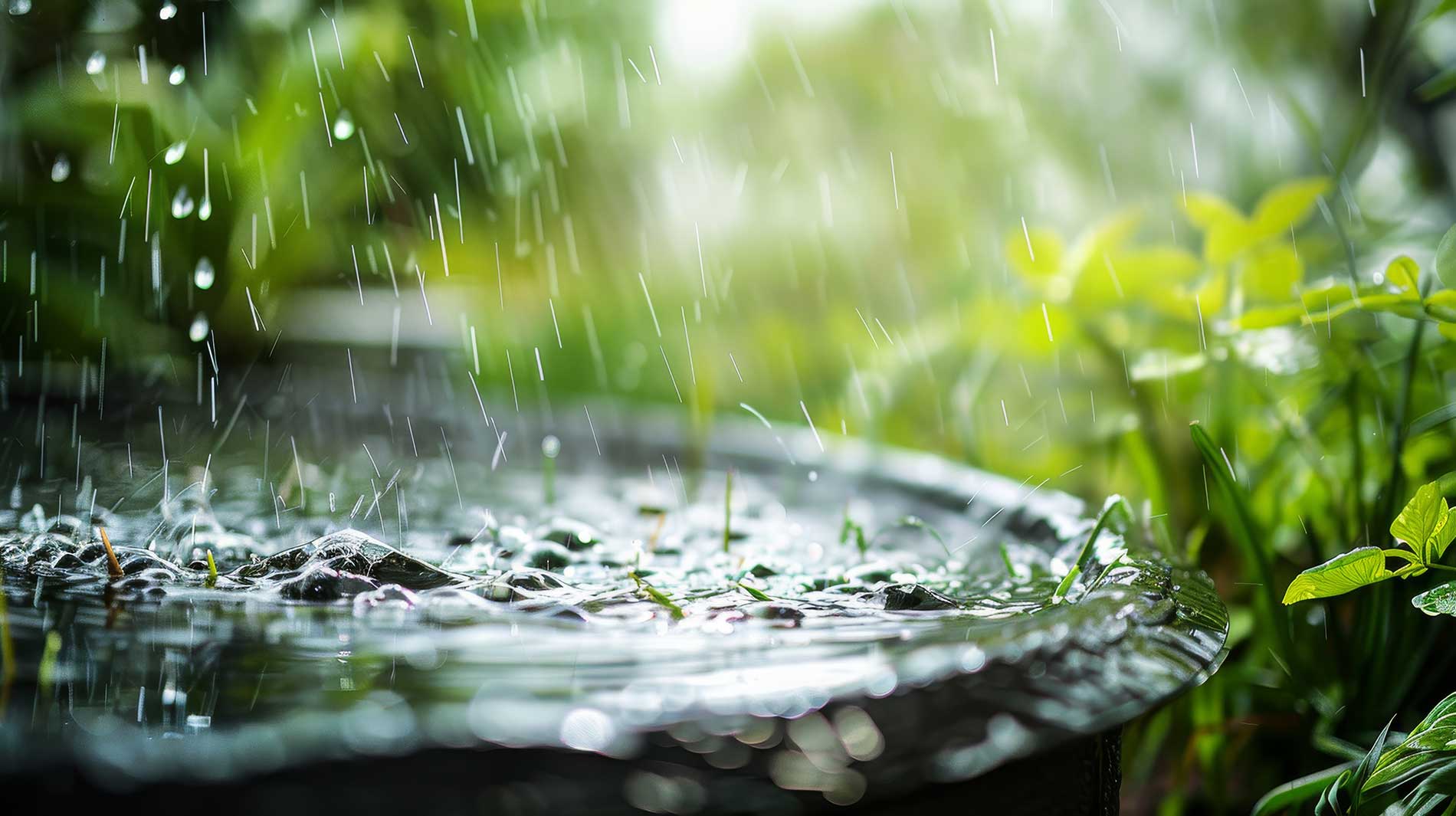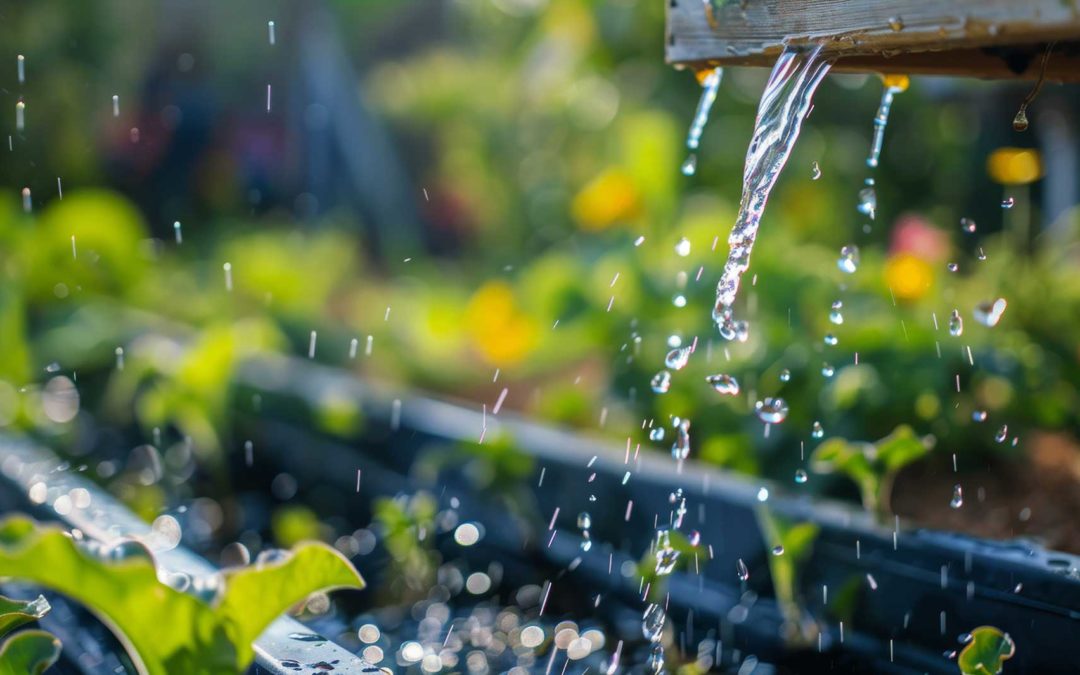Rainwater harvesting is the practice of collecting and storing rainwater for reuse, rather than allowing it to run off. This sustainable method has been used for centuries and is gaining renewed interest as water scarcity becomes a more pressing global issue. By capturing rainwater, communities and individuals can reduce dependence on municipal water supplies, mitigate flooding, and maintain a valuable natural resource.
Benefits of Rainwater Harvesting
1. Conservation of Water Resources
One of the most significant benefits of rainwater harvesting is the conservation of potable water. By using harvested rainwater for non-drinking purposes like irrigation, flushing toilets, and washing cars, we can conserve treated water for more critical uses.
2. Reduction in Water Bills
Collecting rainwater can significantly reduce household water bills. Using rainwater for everyday activities that don’t require treated water can lessen the demand on municipal water systems and save money.
3. Reducing Flooding and Erosion
Harvesting rainwater helps to reduce surface runoff, thereby minimizing the risk of flooding and soil erosion. This can be particularly beneficial in urban areas where impervious surfaces prevent water from naturally infiltrating the ground.
4. Improving Water Quality
Rainwater is generally of high quality, lacking the pollutants found in ground or surface water sources. When harvested properly, it can provide a pure, chemical-free water source, suitable for various household and garden uses.
5. Support for Irrigation
Harvested rainwater is an excellent resource for gardening and agriculture. It can supplement or replace the use of treated water, promoting healthier plant growth without depleting local water supplies.
Methods of Rainwater Harvesting

1. Rooftop Rainwater Harvesting
Rooftop rainwater harvesting involves collecting rainwater that falls on the roof of a building and directing it to a storage system. Gutters and downspouts channel the rainwater into tanks, barrels, or underground cisterns. This method is simple and cost-effective, suitable for residential and commercial properties alike.
2. Surface Runoff Harvesting
Surface runoff harvesting captures rainwater from driveways, patios, and other surfaces. This method involves constructing catchment areas, such as ponds or swales, to direct runoff to storage systems. It is particularly effective in areas with seasonal rainfall and large impervious surfaces.
3. In-Ground Storage
In-ground storage systems, such as underground tanks or cisterns, store collected rainwater below ground level. These systems have the advantage of saving space and maintaining cooler water temperatures, making them ideal for long-term storage.
4. Percolation Pits and Trenches
Percolation pits and trenches are designed to enhance groundwater recharge by allowing rainwater to percolate into the soil. These structures are excavated to a depth that intersects with the water table, promoting the infiltration of rainwater and replenishing groundwater resources.
5. Rain Gardens
Rain gardens are landscaped areas designed to absorb and filter rainwater. They typically consist of native plants that can tolerate both wet and dry conditions. Rain gardens capture runoff from roofs, driveways, and other surfaces, reducing flooding and improving water quality by trimming pollutants.
By adopting these rainwater harvesting methods, individuals and communities can contribute to water conservation, reduce environmental impact, and create a sustainable future.
Call Us
The team at Emerald Irrigation & Landscape Construction in Penticton BC is dedicated to making your property look beautiful. Our water features services include:
- Creeks
- Custom Waterscapes
- Fountains
- Pond Construction
- Pond Lighting
- Rainwater Harvesting
From our blog: Create a Backyard Paradise with a Water Feature Installation

